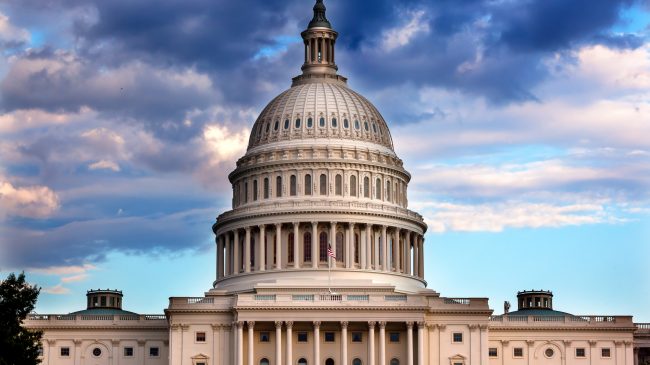In January, the federal government took a huge step towards modernizing its technology and data infrastructure by making the Open, Public, Electronic, and Necessary (OPEN) Government Data Act formal law. Now, state governments should pay close attention to this law and try to duplicate some of its best features.
The Open, Public, Electronic, and Necessary (OPEN) Government Data Act does several things, but its main purpose is to ensure that all federal government data that falls under the Freedom of Information Act (FOIA), including data from every agency, is published online in electronic, machine-readable form. In practice, it means that federal agencies will be required to work together to create data standards and publish as much information as legally possible in a machine-readable format.
First, it creates a set of universal technical definitions that apply to all agencies. Among the most important of these definitions is “machine-readable.” The bill defines machine-readable as “data in a format that can be easily processed by a computer without human intervention.” Effectively, this means that this data has to be published in an easily accessible machine-readable format, such as a spreadsheet or text file, and cannot only be reported in a PDF file.
Governments have been able to comply with open data requirements mostly by publishing in the antithesis of spreadsheets, mostly via the PDF. But PDF files often don’t let you get the data out of them except through a manual process of reading and typing the data into a machine-readable form manually. So, in that case, while the information may be publicly available, it is hard to use and find. With 90,000 state and local governments, the volume of data is so large that gathering it and making it analyzable by computers extracts a heavy toll and has not been done as much as may have been expected. So now requiring that data be published in machine-readable format means analysis and tracking of government by journalists and watchdog groups can be done immediately as data is published, which will greatly improve efficiency and transparency.
Second, the law switches the default status of agency data from closed to open. Previously, agencies considered all their data closed and then selectively decided which portions to publish, alongside FOIA requests. Now, open data is supposed to be the default and agencies would have to give legitimate reasons as to why certain pieces of data should be withheld from the public. In many cases, rather than having outside bodies request specific pieces of data via FOIA requests and then having a government official process and respond to that request, the data should be automatically be published, allowing both sides to essentially skip costly parts of the process. This should help initiate a much needed cultural shift away from federal government agencies “owning” their data to the public owning the data.
Lastly, the law appropriates money for each agency to have a dedicated Chief Data Officer (CDO) whose sole responsibility is to ensure that agencies comply with this law through the proper management of its data assets. A common concern among agencies being pushed towards open data is that it would detract resources from the agencies’ main missions. Technically, requiring agencies to accomplish all the law demands without funding could be considered an unfunded mandate that places stress on the Chief Information Officer (CIO). By supplying the data officer position these concerns are quelled and the CIOs are allowed to focus on more general technology concerns while the CDO focuses exclusively on data.
The OPEN Data act could be a pivotal moment in the progress of government technology operations and public access to data. It should also prompt state governments to try something similar. Last year, Florida took a step in this direction when it passed a law that would make local government financial statements machine readable.
The federal OPEN Data Act takes important strides by laying out universal operating definitions, changes the agency culture of “owning” data to defaulting to open data, and provides the guidance and resources for a Chief Data Officer to help agencies comply with the law. It’s important to note that this law does not authorize the collection of any new data beyond what the government already collects. Thousands of state and local governments could see a massive gain in efficiency and intelligence by implementing better data practices, like those in the OPEN Data Act.

